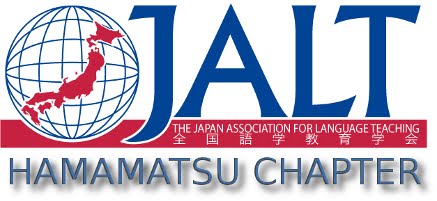Teaching the Strategies of Speaking & Teaching Listening to Low-Level Learners
Alastair Graham-MarrPART I: Teaching the Strategies of Speaking: helping students with fluency,involvement and clarification strategies
All of us use strategies when we speak. We use strategies to confirm or clarify what we're saying
and what we're hearing. We use strategies to show interest, to maintain and develop
conversations. We use strategies that help with fluency. Learners of English in particular use
strategies to compensate for their lack of language. Helping students be aware of and learn to
apply different communication strategies is both motivating and a knowledge they can put to
immediate use.
PART II: Teaching Listening to Low-Level LearnersTeaching listening effectively means teaching both phonology and knowledge of discourse. A
working knowledge of the phonology of natural connected speech, elisions and liaisons, weak
forms and reductions helps students with their 'bottom-up' decoding skills. Developing student
knowledge of discourse, particularly of scripts (those discourses in English that tend to follow a
set pattern) helps them with their 'top-down' predictive skills.
Alastair Graham-Marr, Masters of Appl. Ling., has been teaching in Japan for over 15 years.
He is currently an Associate Professor at Tokai University in Tokyo and an editor at ABAX
publishing. . He is author of several textbooks including "Communication Spotlight: Speaking
Strategies & Listening Skills", a recently published textbook for Oral Communication classes at
the college level.
